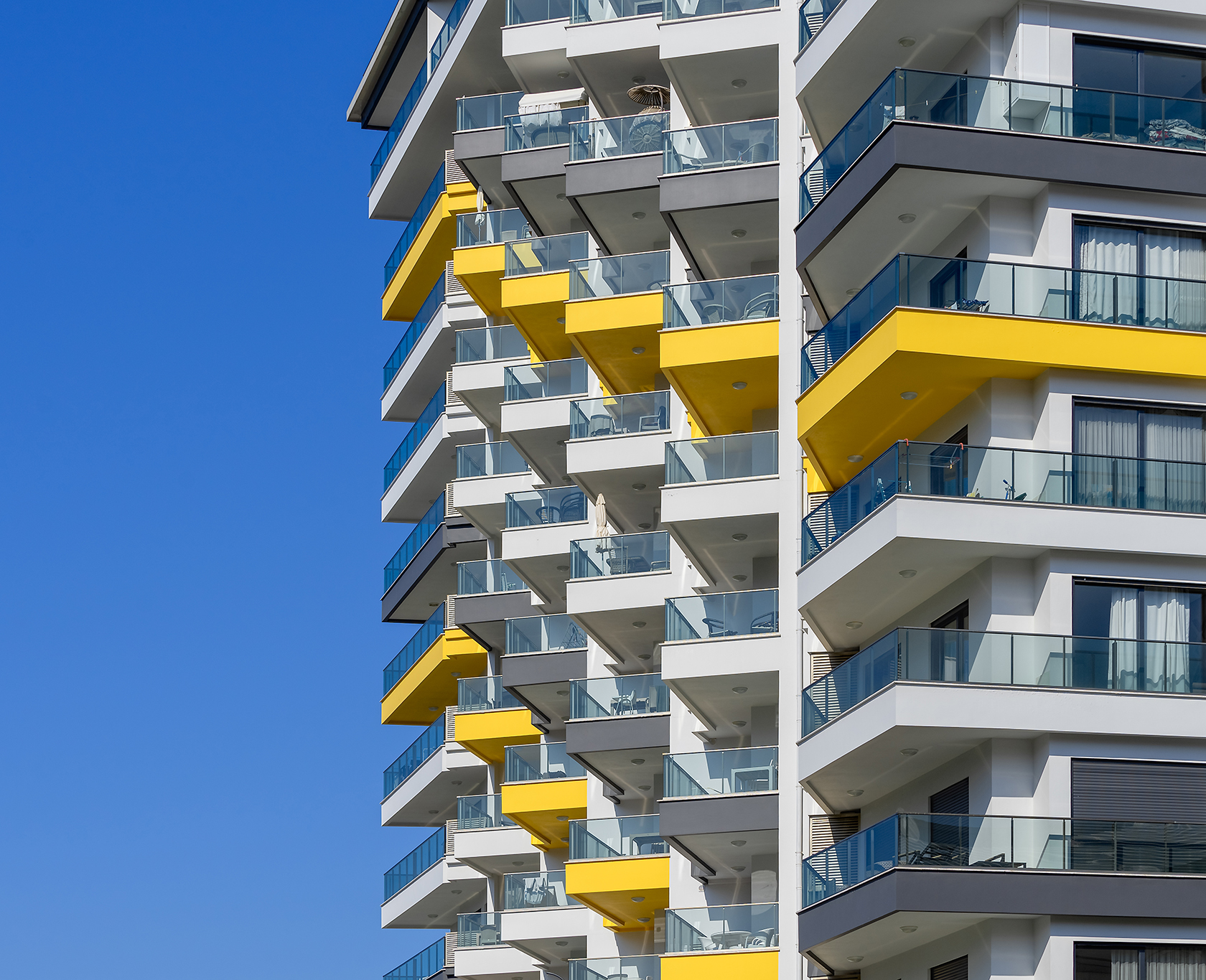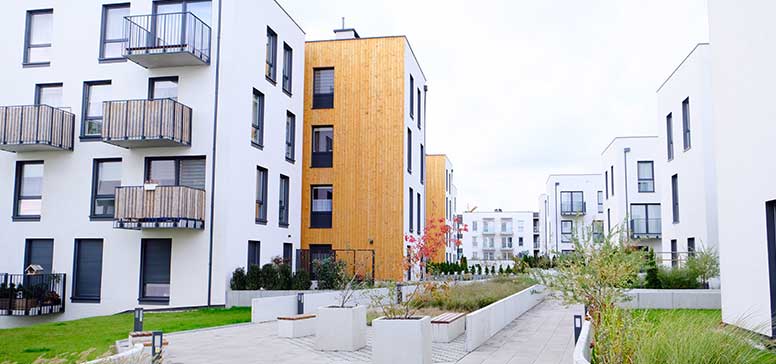The Function of an HOA in Establishing and Enforcing Area Standards for Locals
The duty of a Homeowners Organization (HOA) in enforcing and developing community standards is basic to preserving a natural and orderly property environment - hoa condo. By developing clear rules that regulate facets such as building upkeep and area conduct, the HOA not only establishes criteria for locals yet also promotes a feeling of belonging and accountability. The application of these standards can provide numerous obstacles, raising questions regarding area, interaction, and justness involvement. As we discover these intricacies, it ends up being obvious that the influence of an HOA expands much past simple policy enforcement.
Recognizing House Owners Associations
Homeowners associations (HOAs) act as regulating bodies for household neighborhoods, playing a vital function in preserving residential property worths and cultivating a sense of neighborhood. Usually formed by programmers, HOAs are composed of homeowners within a marked area that elect a board to look after the organization's activities. The main functions of an HOA consist of enforcing area guidelines, taking care of typical locations, and organizing area events.
HOAs run under a set of regulating documents, consisting of problems, commitments, and limitations (CC&R s), which lay out the rights and duties of homeowners. These guidelines intend to ensure that properties are preserved to a particular requirement, therefore safeguarding the aesthetic allure and total value of the community. Furthermore, HOAs usually collect dues from house owners to money upkeep, landscape design, and various other community services.
The existence of an HOA can dramatically affect the living experience within a neighborhood (hoa condo). While some locals appreciate the structured atmosphere and features supplied, others might locate particular laws limiting. Balancing the interests of all homeowners is important for an HOA to work efficiently, making sure that it offers its designated function of improving neighborhood living while appreciating private house owner legal rights
Establishing Neighborhood Standards

To begin, an HOA should carry out studies or convene that enable residents to voice their suggestions and concerns. This participatory process fosters a feeling of possession and raises conformity. Next off, the HOA board need to examine the responses to determine typical styles and concerns that require formal inclusion in the standards.
It is additionally necessary to ensure that the standards are clear, succinct, and quickly comprehended. Ambiguities can lead to misconceptions and problems, undermining the objective of the standards. The standards ought to be comprehensive, covering numerous elements of community living, consisting of home maintenance, sound levels, and usage of typical areas.
Enforcement of Regulations
Effective enforcement of community regulations is critical for preserving order and guaranteeing that all locals comply with the developed standards. An HOA should implement a structured technique to apply these guidelines, which frequently entails a mix of tracking, communication, and fines for non-compliance.
First, normal inspections and community patrols can help recognize violations, ensuring that rules are constantly used across the area. This proactive tracking permits the HOA to address problems prior to they escalate, promoting a feeling of accountability among citizens.
2nd, clear communication is necessary. Residents ought to be educated of the rules and the procedures for reporting infractions. An open line of interaction encourages locals to voice problems and look for clarification on guidelines, which can boost conformity.

Finally, when infractions take place, the HOA must implement effects as described in the regulating records. This may include alerting letters, penalties, or, in serious instances, lawsuit. It is necessary that fines are used relatively and constantly to keep count on within the neighborhood. By efficiently implementing regulations, an HOA can cultivate an unified living environment that mirrors the collective values of its locals.
Advantages of HOA Laws
Various benefits arise from the execution of HOA laws, which offer to improve the high quality of life within a community. One key benefit is the maintenance of residential property values. By enforcing criteria for aesthetics and maintenance, HOAs guarantee that homes and typical areas stay attractive, cultivating a preferable living atmosphere that can lead to boosted home worths with time.
Additionally, HOA policies promote consistency and uniformity Get More Info within the area. This coherence in style and upkeep helps to produce a feeling of belonging among citizens, adding go to my blog to community satisfaction and a favorable atmosphere. Moreover, developed guidelines assist in problem resolution among neighbors by supplying clear assumptions and protocols for behavior, consequently decreasing disputes.
An additional substantial advantage is the stipulation of common amenities and services. Many HOAs manage community facilities such as clubs, parks, and pools, which enhance recreational opportunities for residents. These amenities not only improve the lifestyle but additionally urge social communication.
Inevitably, the guidelines established forth by an HOA cultivate a well-organized, harmonious community, ensuring that residents appreciate a high criterion of living while cultivating a helpful atmosphere for all house owners.
Common Challenges Encountered by HOAs
Among the benefits that property owners associations (HOAs) can give, they additionally come across a variety of challenges that can prevent their performance. One considerable issue is the absence of resident interaction. Many homeowners might not take part in meetings or area activities, leading to a separate between the HOA board and residents. This disengagement can cause misconceptions about area standards and a lack of support for enforcement efforts.
Disputes can develop when residents feel that enforcement is inconsistent or biased, potentially leading to disputes additional hints within the area. In addition, HOAs frequently deal with monetary restrictions, which can restrict their capacity to keep usual locations or fund community projects.
Additionally, browsing legal complexities can be daunting for HOAs. They must ensure conformity with state regulations while handling their very own regulating files, which can be a source of complication. Evolving and transforming demographics neighborhood needs need HOAs to adjust their guidelines, frequently meeting resistance from long-lasting locals who are accustomed to typical norms. Dealing with these challenges is critical for promoting a harmonious and growing neighborhood.
Final Thought

By formulating clear policies that control aspects such as home maintenance and community conduct, the HOA not only sets requirements for homeowners but likewise promotes a feeling of belonging and liability.Homeowners associations (HOAs) serve as regulating bodies for property areas, playing an essential function in preserving building worths and fostering a sense of community. Numerous house owners might not get involved in meetings or community activities, leading to a disconnect between the HOA board and locals. Altering demographics and progressing community needs require HOAs to adapt their guidelines, commonly satisfying resistance from enduring citizens who are accustomed to conventional norms. Through the development of clear regulations and regular enforcement, HOAs advertise building upkeep, neighborhood pride, and count on among homeowners.